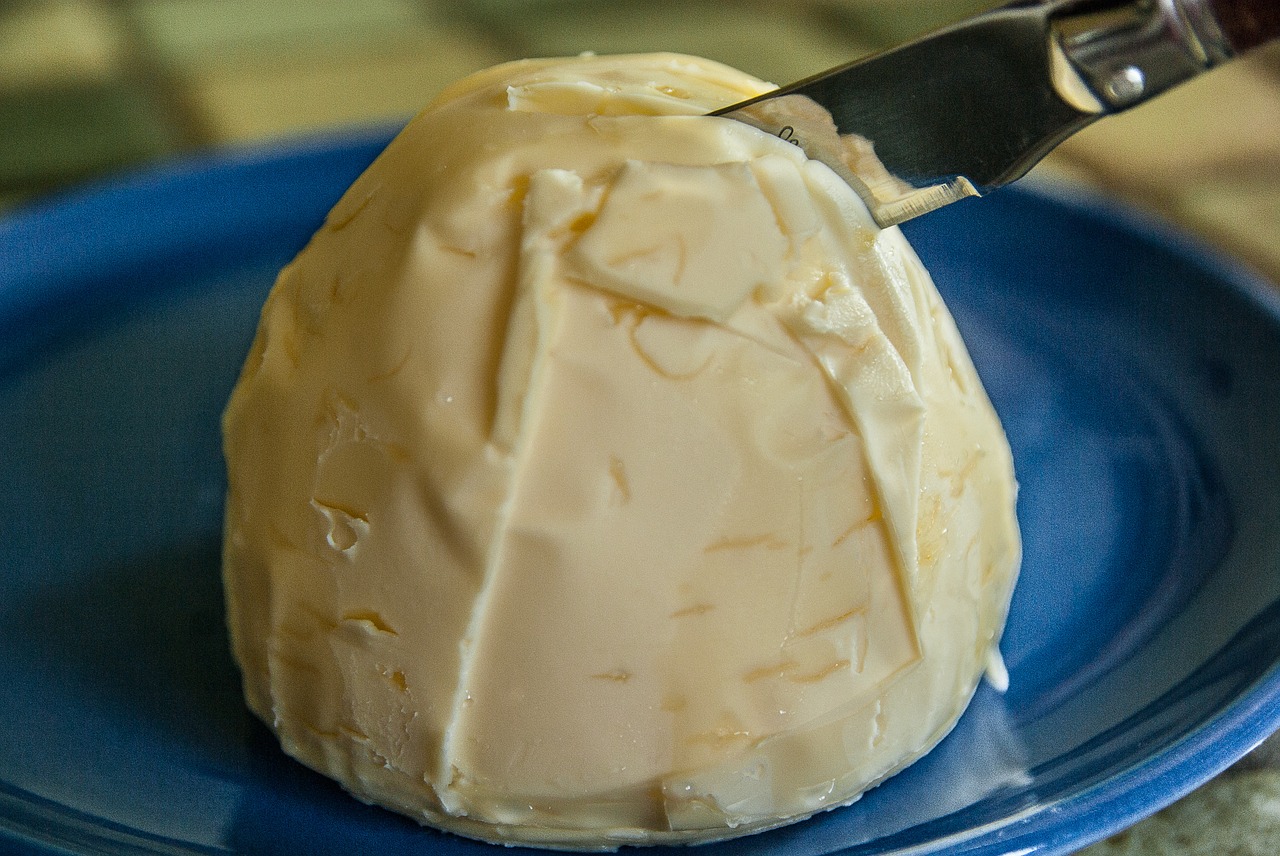Let’s check it out.
Author: Erin Nudi
-
Difference between: evaporated milk and condensed milk
Our two items for this week’s Difference Between are made the same way and are extremely similar, and yet, you cannot use them interchangeably in recipes.
-
Person, place, and song (writing exercise #6)
We’re beginning a story with a song this time.
-
Difference between: light honey and dark honey
Note: Although this piece was published in October of 2013 it was updated and slightly revised in December of 2017.
Honey is produced in every state and most countries. Over 300 different varieties are available to us in the US. And, it’s been used as a sweetener long before sugar became widely available.
Most of us probably pick honey off the grocery store shelf or farmers market booth without giving it much thought, but have you ever wondered about the difference between light honey and dark honey?
Kudos to my friend Jenny for suggesting this Difference Between post.
-
Difference between: olive oil and vegetable oil
Of course, this is one of the Difference Between posts that unavoidably delves into further subcategories, such as extra virgin olive oil, canola oil, peanut oil, corn oil, and so forth.
Mostly, though, I want to look at olive oil and vegetable oil, the two oils I would imagine to be the primary staples in the kitchen. As I’ve mentioned before, I typically do not differentiate between the two in my own recipes, assuming that they are virtually always interchangeable.
After doing my research today, I can honestly tell you I went out and bought some vegetable oil, and may on occasion use it instead of the olive oil that has a permanent home on my kitchen counter.
-
Difference between: mayonnaise and Miracle Whip
Note: Although this post was published in September of 2013 it was revised and updated in January of 2018.
Okay, Miracle Whip is tangier and has a slightly thinner consistency, but what else? What’s the difference between mayonnaise and Miracle Whip?
-
Difference between: red leaf lettuce and green leaf lettuce
Note: Although this post was published in September of 2013 it was slightly revised and updated in May of 2018.
I’m going to try to keep this one as simple as possible, because it could be really easy to delve into the whole spectrum of lettuces and greens.
Both green leaf and red leaf are mild, healthy, loose leaf lettuces that serve as a great base for a salad. According to AndyBoy.com, both have an underlying hazelnut flavor to them.
-
Difference between: jams and jellies (and preserves)
. . .and marmalade. And fruit butter.
For this Difference Between, we can rely almost entirely on the basic definitions alone. Recipes.HowStuffWorks.com, Dictionary.com, BakingBites.com, and TheKitchn.com all have specific definitions on jams, jellies, and preserves that I will summarize here.
FineCooking.com, however, not only provides definitions, but also a picture, that, really, just says it all:
-
The origin and definition of an authentic Philly cheesesteak
Note: Although this post was published in 2013 it was updated and revised in April of 2018. Philly’s Bar & Grill has undergone an expansion and is now going by the name of Philly’s Bar & Lounge. They appear to still be offering Philly cheesesteaks.
Ever since I had a cheesesteak at Philly’s Bar & Grill on my birthday a few weeks ago, I’ve been wondering what really constitutes an original, true, Philly cheesesteak – this is in part because of the wide variety of options Philly’s Bar & Grill allows you when customizing your own cheesesteak.
Options are great, but what would you order if you wanted a real Philly cheesesteak?
